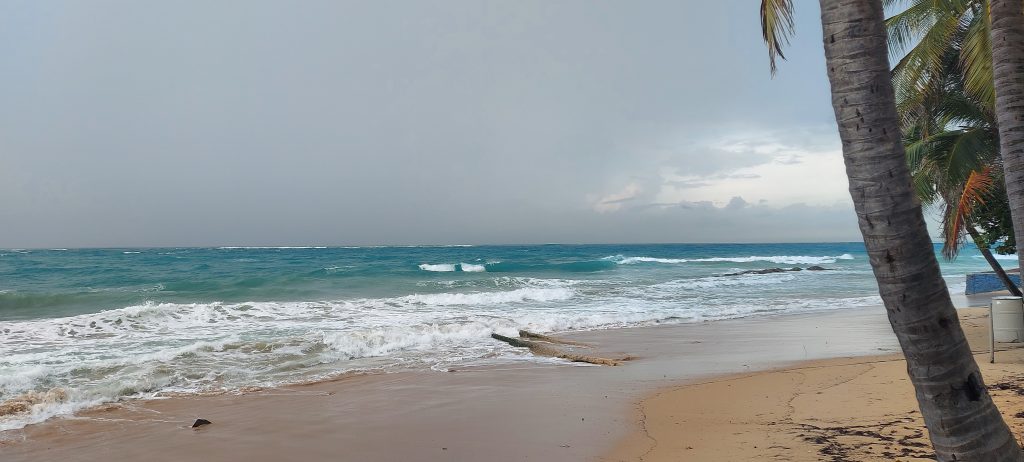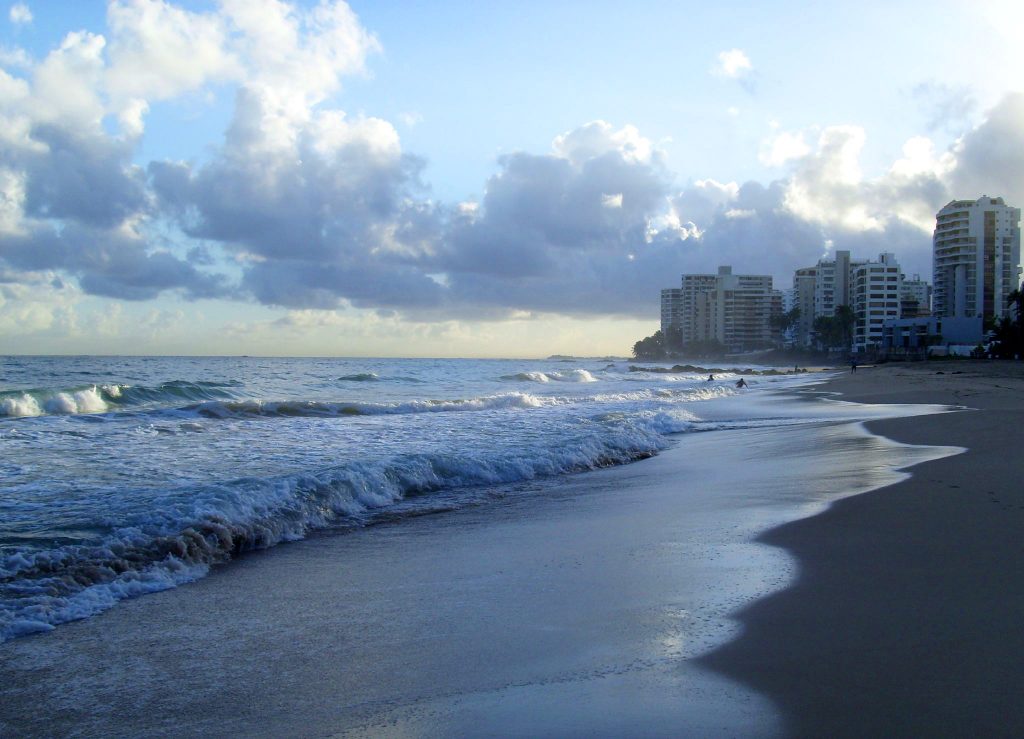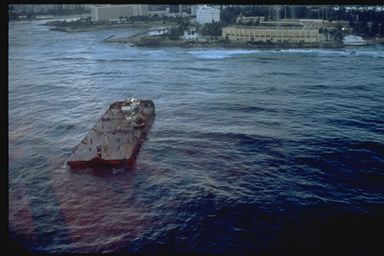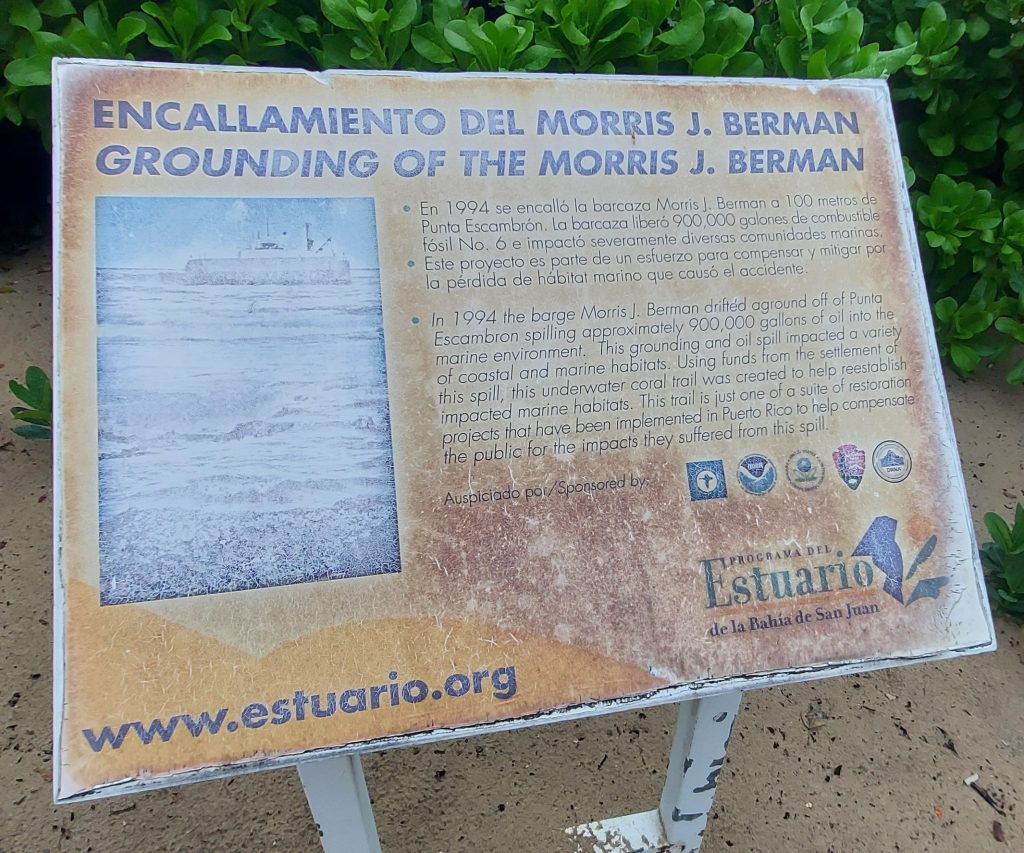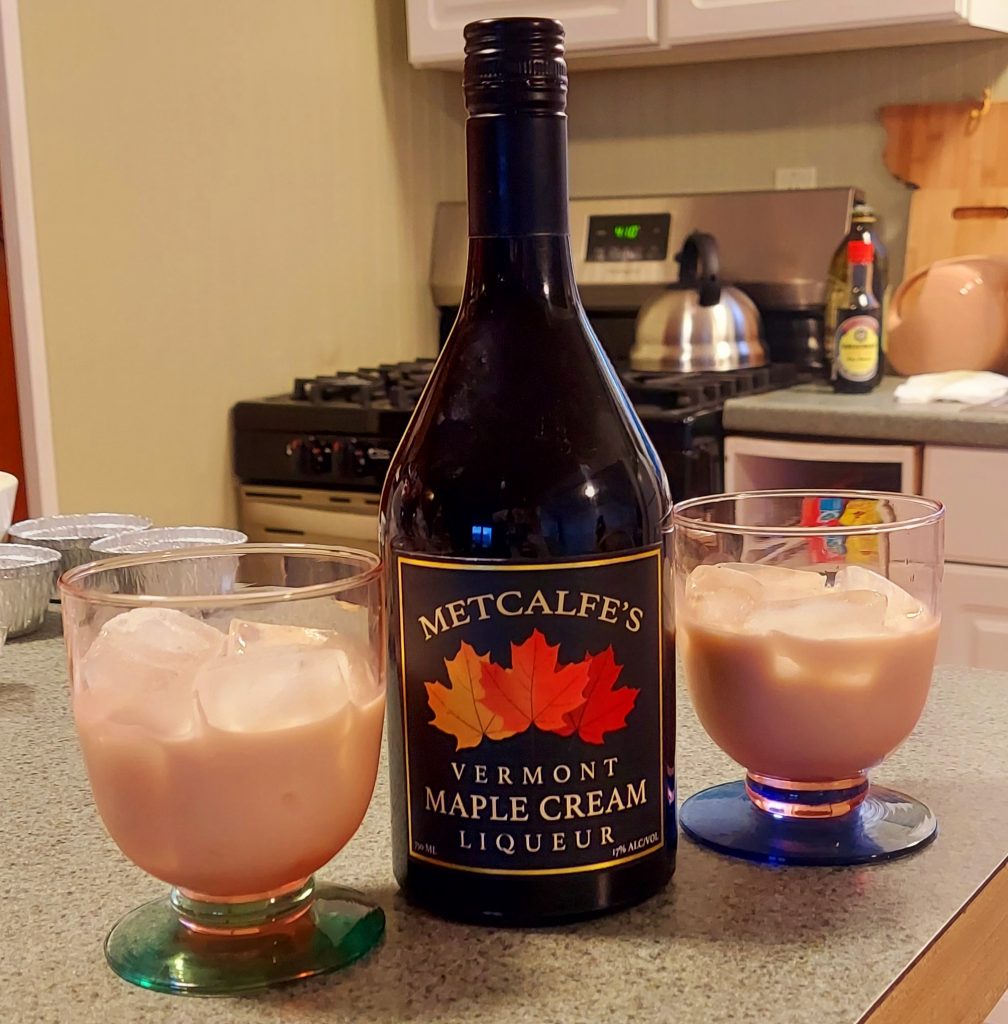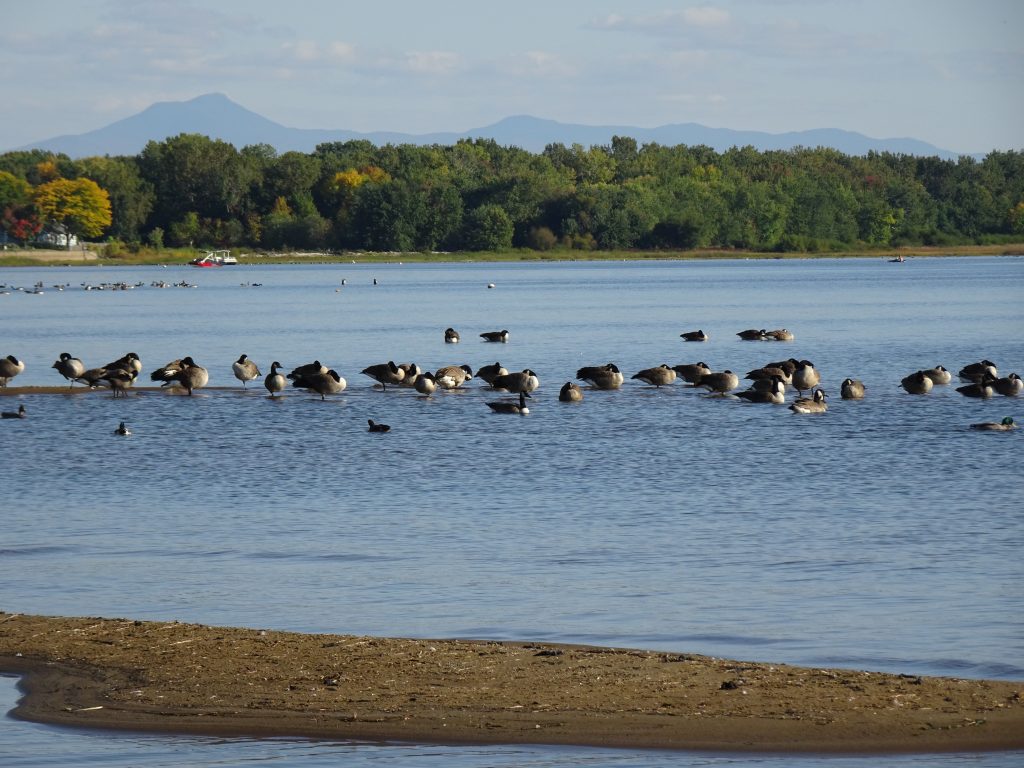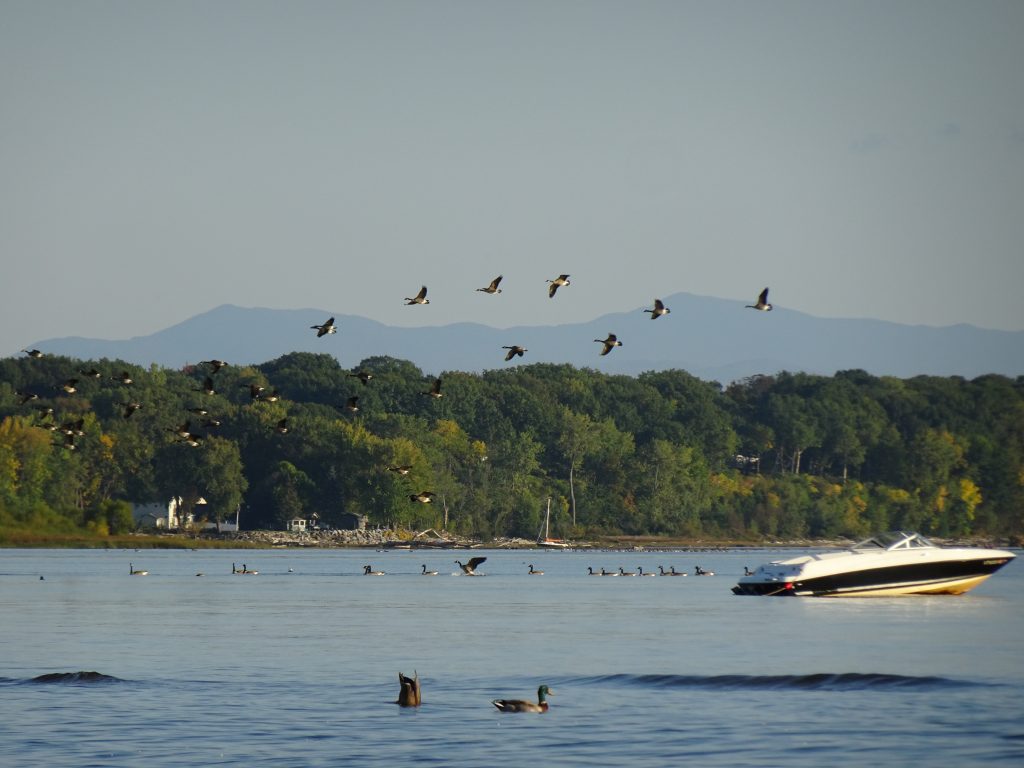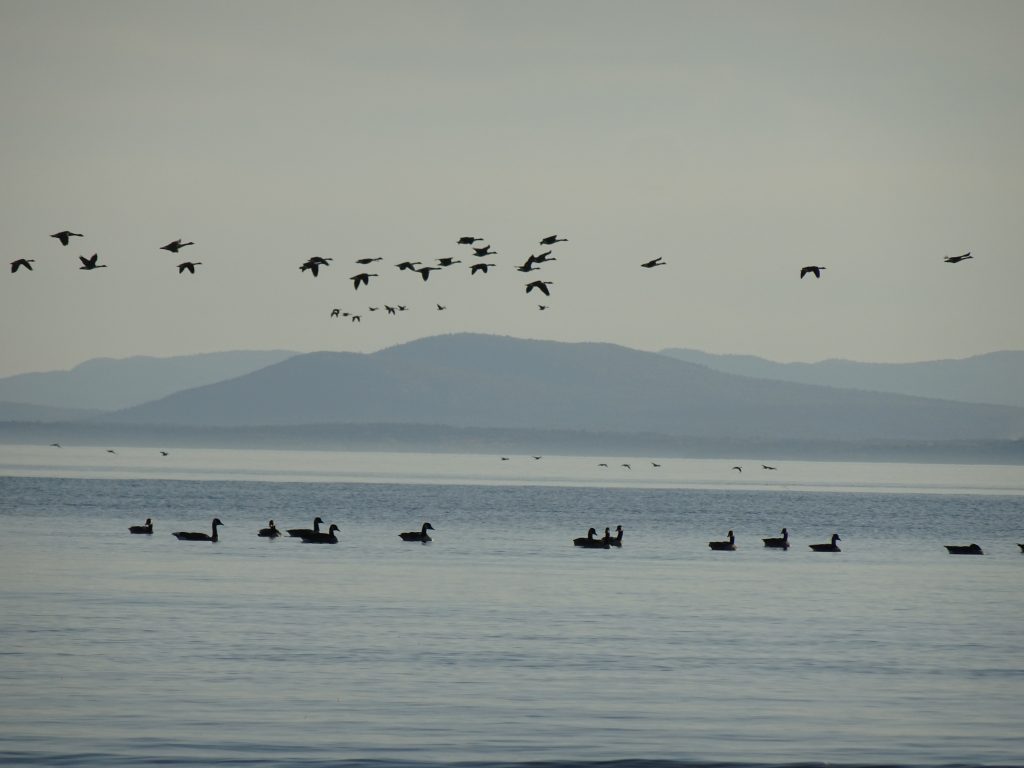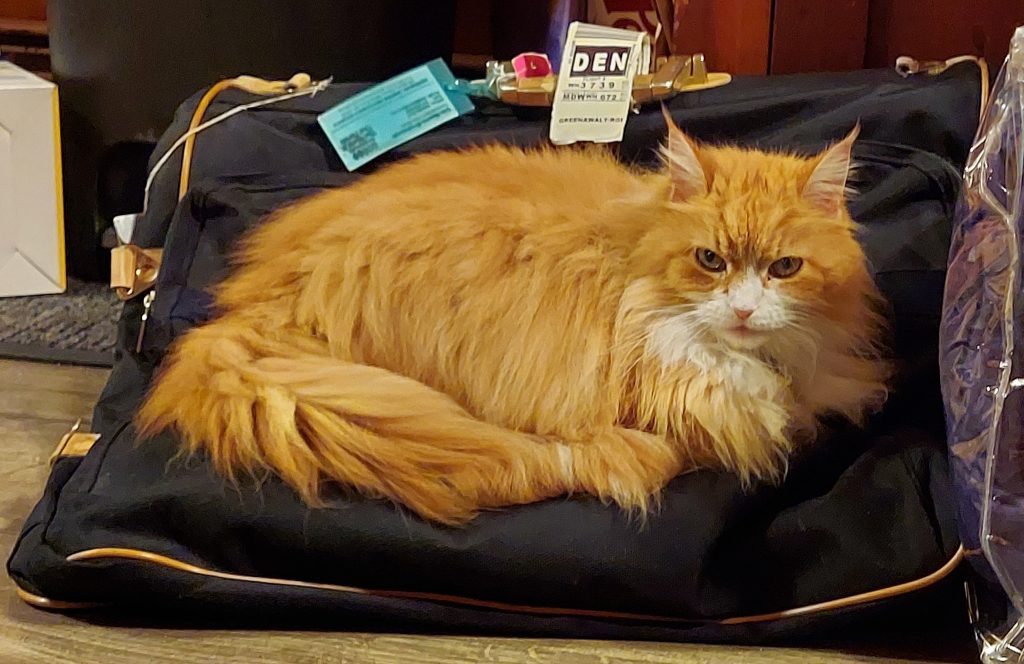Here’s an important Spanish word for you to learn if you’re going to read our blog while we’re in Puerto Rico: Playa. It means beach. Puerto Rico is covered with gorgeous beaches — the northern ones facing the Atlantic Ocean and the southern ones the calmer Caribbean Sea — and we want to visit as many as we can while we’re here! There are endless varieties of sand-and-sea to be found on the Isla Encanta, each one more beautiful than the last.
We pulled out Google Maps and saw that Playa San Miguel was just one exit or so east from our condo in Luquillo on Rte. 3. We packed up a cooler with drinks and snacks, grabbed our beach chairs, towels, and sunscreen, and headed out.
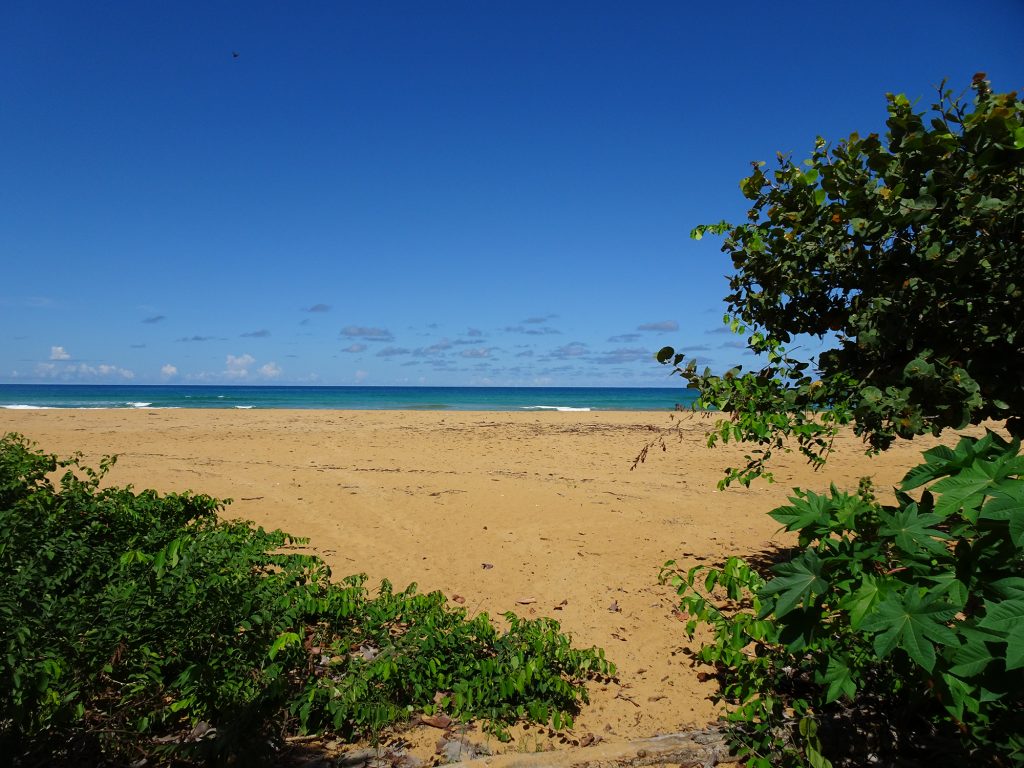
Rough Road
To get there we had to drive our low-hanging rental five miles down a dirt road that seemed fine at first … until we hit the puddles. Small ponds might better describe them. Then they became lakes. I help my breath as Bob slowly navigated the Corolla along the edge of each, praying we wouldn’t get stuck in the muck in the middle of nowhere. Where was Bob’s Toyota Tacoma when we needed it? (Back in a parking lot in Manchester, NH.)
Bob commented that when we lived in PR in the 90s, he bought his guagua (truck, specifically a Jeep Cherokee with a cow-catcher grill on the front that Puerto Ricans call a “rompamonte”) so we could easily navigate these types of roads, but back then, I was working so much that we never did. This is part of the reason we have returned. Same adventurous spirit, more time — but sadly, no guagua.
The long road traversed the La Reserva Natural Corredor Ecológico del Noreste, a nature reserve and a prime ecotourism destination.
Somehow we made it to an entrance to a beach, where we saw a sign that told us, essentially — don’t drive on the sand, pack our your litter and don’t mess with the sea turtles that nest here.
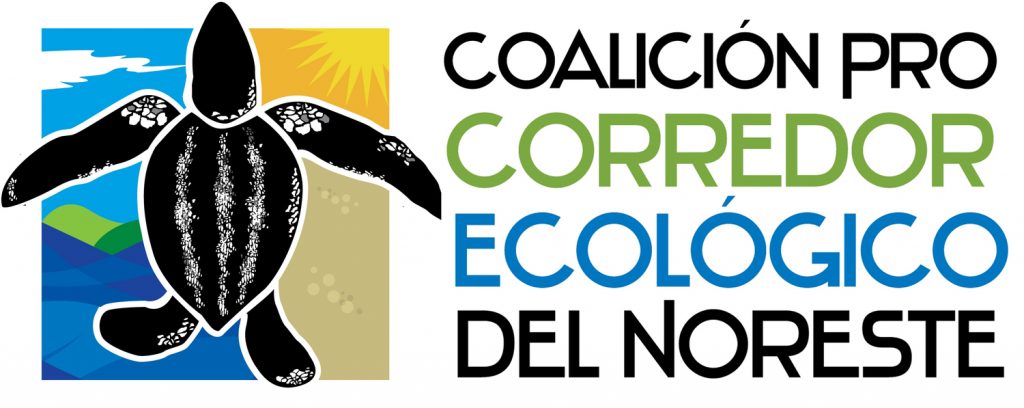
We parked at the edge of the road, walked through a break in the trees, and found … paradise.
An Empty Beach
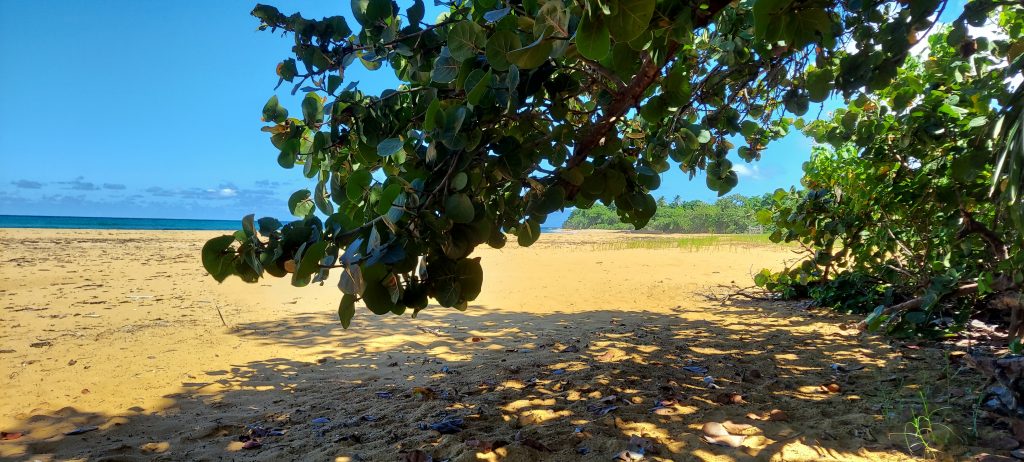
The sand was golden, stretching for miles in both directions, and the beach was completely empty of humanity. Three pelicans flew over, followed by a snowy egret. Little birds scuttled along the sand. To our right, a large, low-hanging tree with fat round leaves provided the perfect shady spot for setting up our base camp, which we did.
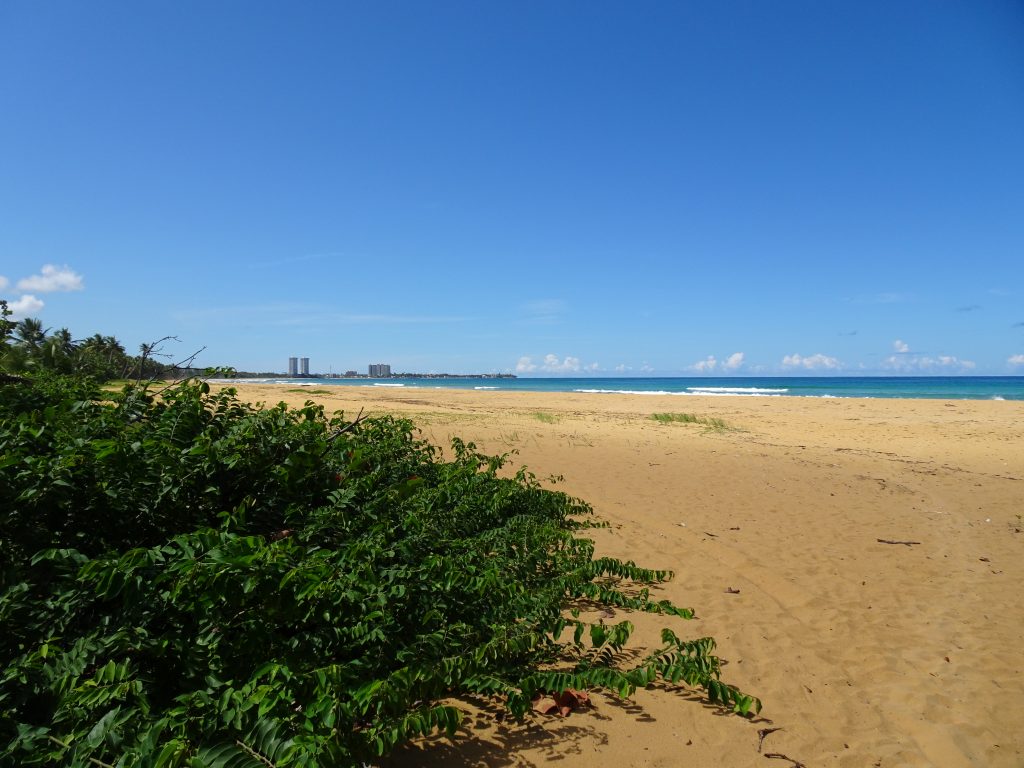
Keeping It Clean
As I walked down to the ocean, I found a bit of litter wrapped up in the brown seaweed that had washed onto the sand with high tides. I picked up a paint can from the debris and began filling it with plastic cups, a mask, food wrappers, plastic forks, and more evidence of mankind. The disadvantage of an unmaintained beach is that it’s not cleaned regularly, and this debris was clear evidence of the litter that’s filling our oceans. I decided that one way to leave my mark on this island is to leave it cleaner than I found it. I filled another plastic bucket found with trash as well, and will bring trash bags next time.
Glorious Beach
But despite the litter, San Miguel Beach was perfect. The tide was rougher than in the bay where we are staying, waves crashing loudly onto the sand. I was wearing a bikini, which normally makes me nervous about bodysurfing, but no one was around, so who cared if the top or bottom got pushed down? We bodysurfed for a long time, laughing. It was amazing! I felt like a kid again. We were aware of a slight rip current, so we kept an eye on each other and made sure we didn’t go too deep.

Alas, lunchtime came too soon, and it was time to go hunting for food. Next time we will pack a lunch, because it’s not very appealing to drive this long, wet road twice.
We definitely plan to return to Playa San Miguel, many times. But not today. It poured last night, and our car would likely sink into one of the lakes on the dirt road and disappear.
We also need to learn more about this Ecological Reserve. We’ll keep you posted!


